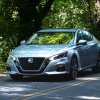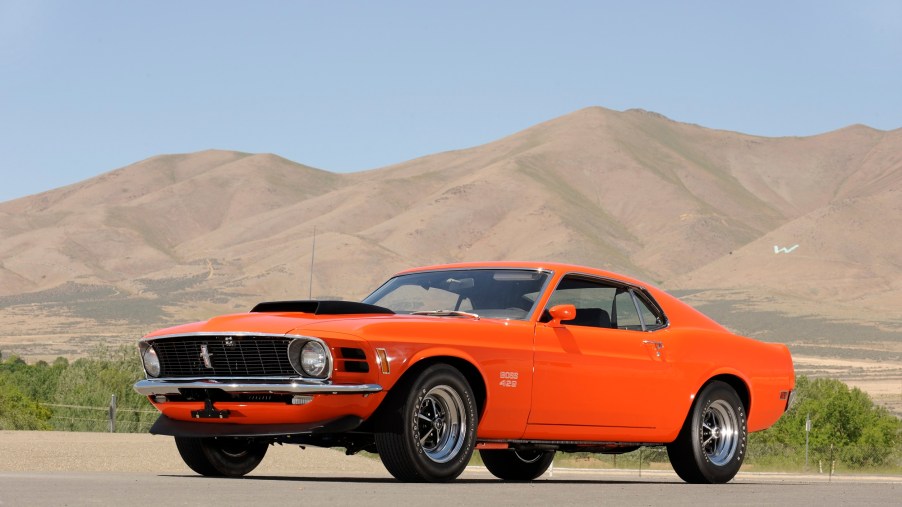
Mustang Boss 429: The Biggest Ford Mustang Engine?
The Ford Mustangs of today have much smaller, more powerful, and more efficient engines than the pony cars of yesteryear. However, they’ve arguably lost something when losing carburetors and displacement. Still, there was one goliath of a Ford Mustang motor that holds a spot of reverence among fans. Here’s a little about one of the biggest Ford Mustang engines ever, the Boss 429.
What Mustang has the biggest engine?
One of the largest engines that Ford ever installed in a Mustang is the famous 429 cubic inch V8, although it’s very close to the Cobra Jet V8 and smaller than extremely rare engines like the 494. Both the Boss and Cobra Jet engines share a roughly 7.0L displacement; however, Hagerty calls the Boss 429 engine a “barely-detuned NASCAR engine.” At the very least, the nose-heavy Mustang could move its own weight with the enormous eight-cylinder heart and its 10.5:1 compression ratio.
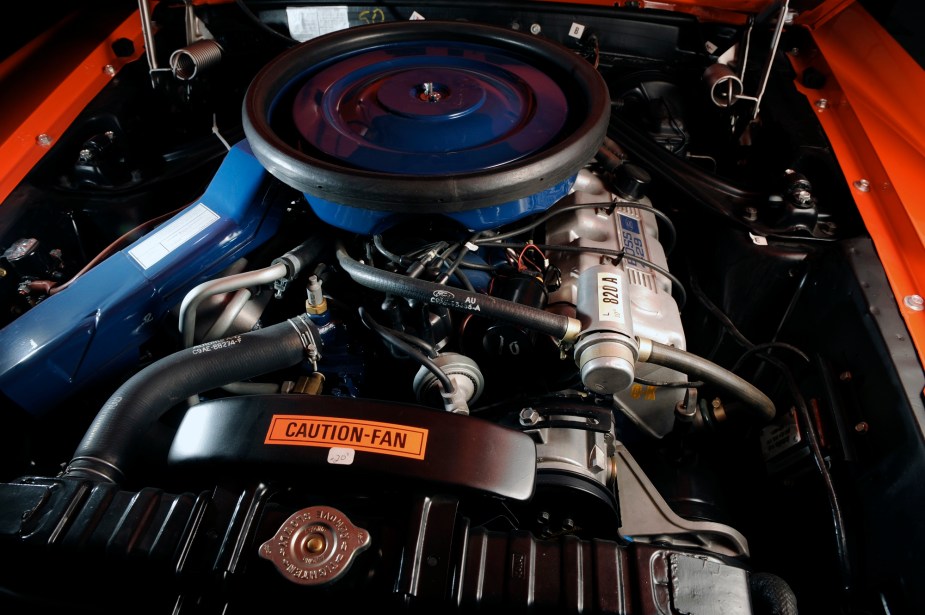
How much horsepower did the Mustang Boss 429 have?
The colossal powerplant wasn’t just for bragging rights; it made power. Ford rated the 429 powerplant at 375 horsepower, but like so many beloved JDM cars of yesteryear, rumors suggest that it made more than that. Despite unclear factory power, the Boss was fast without debate. According to HowStuffWorks, the 1969 Ford Mustang Boss 429 could hit 60 mph in just 6.8 seconds on its way to a 14.0-second quarter mile run.
Why did Ford build the Boss?
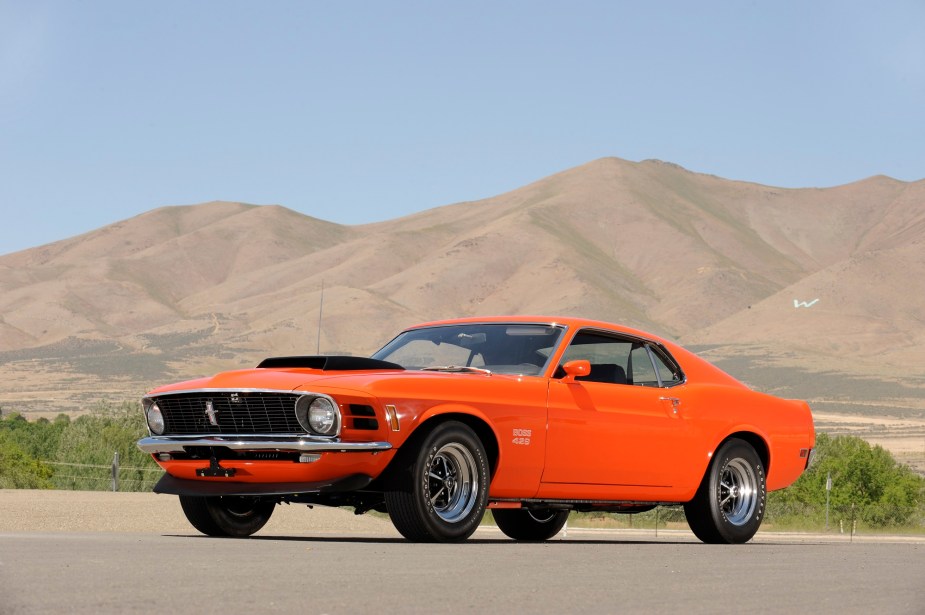
Ford built the Boss 429 as a homologation special to capitalize on motorsports and sell cars to customers. It was no simple task, though; Ford had to commission Kar Kraft to aid in the process. The 429 cubic inch beating heart was simply too wide for the existing 1969 Mustang body. However, after the leviathan motor found a home in the Mustang and Ford met the required homologation numbers, The Blue Oval took the powerplant to NASCAR.
How rare is the Mustang Boss 429?
A true Ford Mustang Boss 429 is a rare affair. Ford built just 1,356 Boss 429 Mustangs in 1969 and 1970. Also, the Boss represented several more significant milestones for Ford. For instance, the Boss was one of the last massive-displacement Mustangs before the oil crisis of 1973 that marked the extinction of the first-generation muscle car. That means finding one is as difficult as it would be expensive.
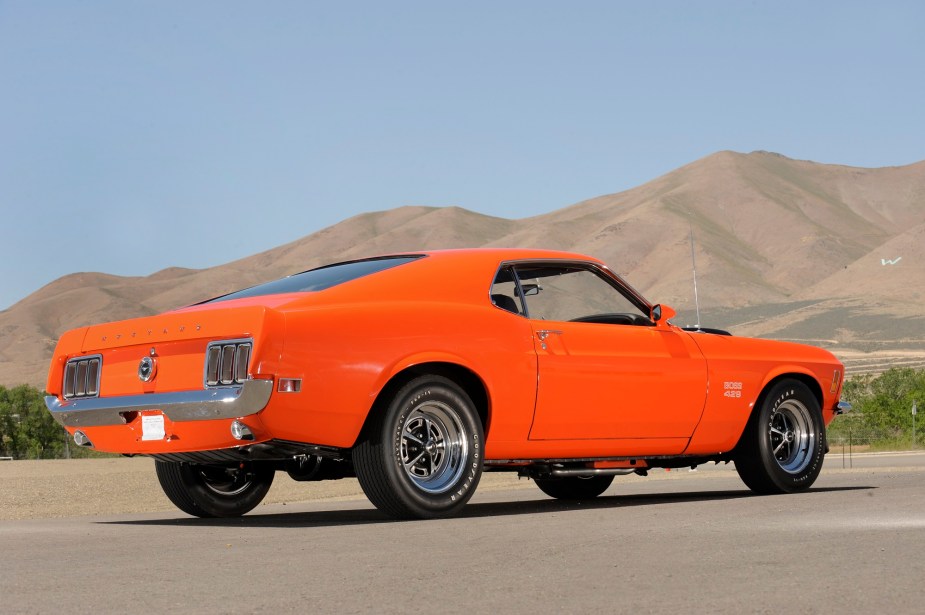
How much is a Mustang Boss 429?
Given the impressive looks, performance, homologation history, and limited numbers, the Boss 429 is not an affordable classic. Hagerty reports that the 7.0L monster coupe will cost around $209,000 in good condition, marking a 29% increase since September of 2021. Of course, a Concours condition car will set you back quite a bit more. That makes sense, though, considering how few are in circulation.
What other big engines did the Mustang have?
In the late 1960s and early 1970s, Ford Mustangs packed a couple of larger powerplants compared to the 5.0L Coyotes of today. In addition to the 429-cubic inch Boss, Ford also used the famed 7.0L Cobra Jet engine in the Mustang. Furthermore, Ford used a very rare 494 cubic inch engine. Bigger engines are out there, but the Boss 429 is one of the biggest, baddest Blue Oval powerplants from the Mustang’s history.
Scroll down to the following article to read more about the Ford Mustang!
